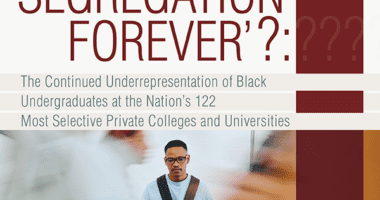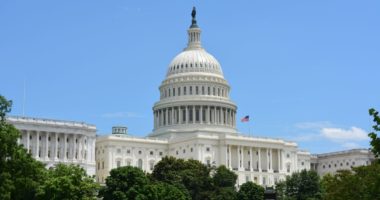Honoring Pell’s Legacy
This week marks the 45th anniversary of the creation of the Pell Grant. Sen. Claiborne Pell of Rhode Island championed these grants, using the GI Bill as an inspiration for how to make higher education accessible for all students and particularly for students who might not otherwise go on to higher education.
So almost a half century later, how are we doing in fulfilling his goal?
This year, Pell Grants will help over 7.5 million students continue their education after high school, including one-third of all White students, two-thirds of all Black students, and half of all Latino students. And Congress took an important step this year in restoring year-round Pell, which will help low-income students graduate faster as they can continue their studies through the summer.
But we have a long way to go before we can say that higher education is truly accessible to all students.
For starters, a maximum Pell Grant covers less than 30 percent of the cost of attendance at a four-year, public university — the lowest purchasing power in over 40 years.
Moreover, Pell will no longer be indexed to inflation after this year. That means that as college costs go up, Pell awards will remain frozen at their current amount, covering even less of the cost of college and forcing students to take on even greater debt.
Finally, the temporary reserves that are in the Pell program — which are there to keep the program stable — are annually targeted for cuts.
In this time when some form of postsecondary education is critical for social mobility and the opportunity to pursue the American Dream, Congress needs to be addressing each of these issues.
As Congress is moving forward with the appropriations process for 2018, we call on Congress to do much more to fulfill Sen. Pell’s vision. In particular, Congress should:
- Increase the maximum award to $7,000, which would make Pell cover one-third of the average cost of attendance at a public, four-year university;
- Continue indexing Pell to inflation to help students handle ever-rising college costs; and
- Protect the Pell reserves so the program is stable for the future.
In this year’s budget, Congress also has the opportunity to expand access Pell — and the promise of higher education — to vulnerable student populations who are currently excluded, including undocumented students, students who have experience in the criminal justice system, and students with drug charges. Excluding these groups from Pell eligibility disproportionately impacts low-income students and students of color, and keeps far too many students from accessing the education and training they need to be productive members of society.
Sen. Pell sought to expand the promise of access to higher education. It is time for us to invest in his vision and truly enable all students in our country to access higher education. Join us as we push Congress to preserve social mobility and the American Dream by investing in Pell.
Photo credit: The University of the South









